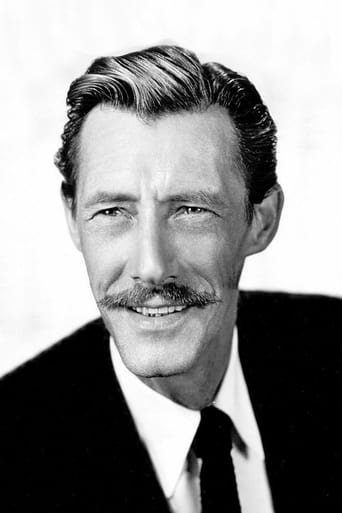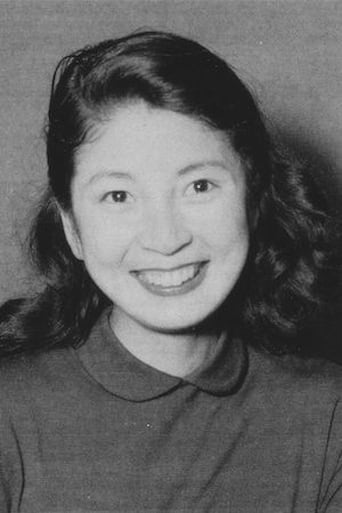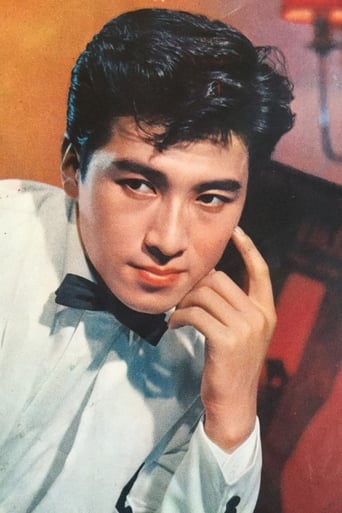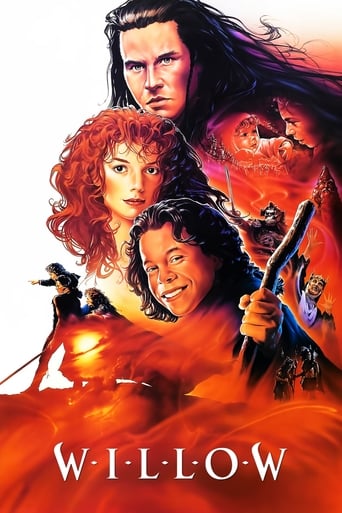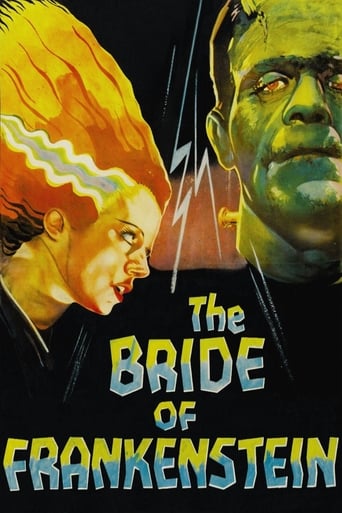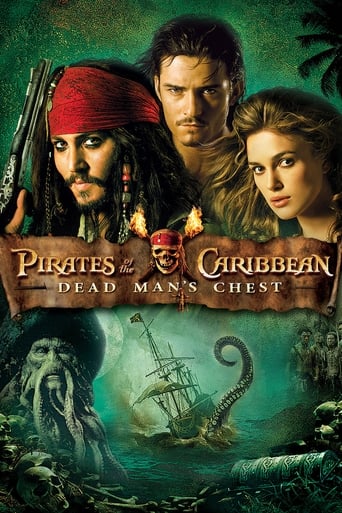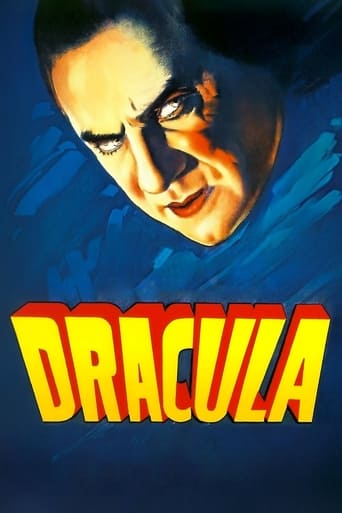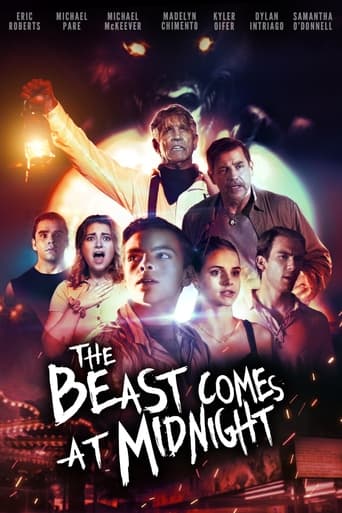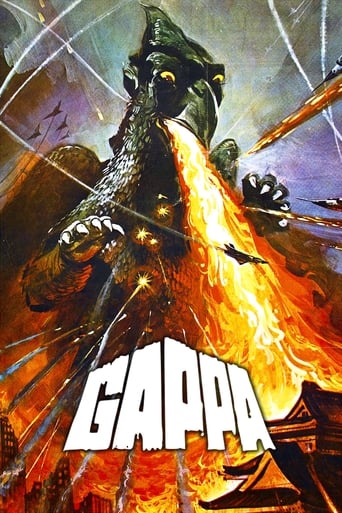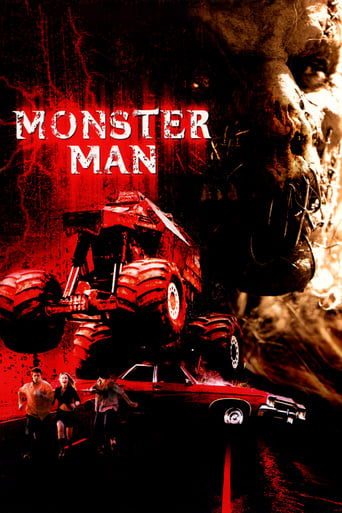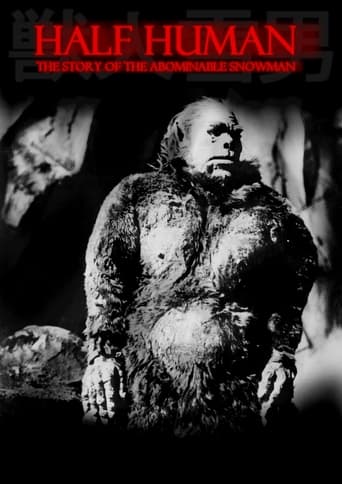
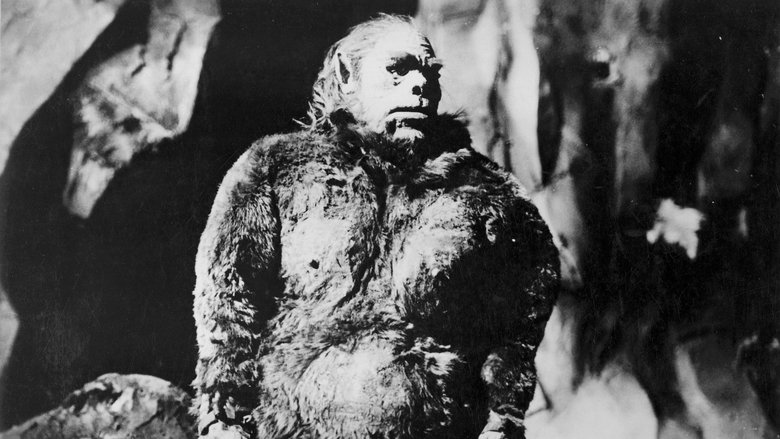
Half Human: The Story of the Abominable Snowman (1958)
An American scientist tells two colleagues about the finding of an abominable snowman living in the Japanese alps, where it is worshipped by a remote tribe as a god, and how it was discovered by modern man after it raided a ski-ers' shelter following an avalanche, killing all inside. This is an adaptation of the Japanese film Ju Jin Yuki Otoko with added American-made footage, narration and music track.
Watch Trailer
Cast


Similar titles
Reviews
I like the storyline of this show,it attract me so much
Memorable, crazy movie
The film's masterful storytelling did its job. The message was clear. No need to overdo.
By the time the dramatic fireworks start popping off, each one feels earned.
Certainly, the original Japanese filming is masterful, and the conversations between the three Americans could have been less stilted, but the cut-up is fine and the more the story unfolds the more you realize that the narration actually works very well. To enjoy this movie, just try not to be offended on behalf of legendary filmmakers and enjoy a good, atmospheric story told in an interesting way.
"Half Human" was one of a handful of 50's monster horror flicks made about the Abominable Snowman. Although it's a marginal improvement over the abysmal "Snow Creature," it's alas still no great shakes as a movie. Once more an expedition into the treacherous snowy mountains stumbles across the yeti and its offspring. They also discover a primitive society who worship the yeti ala the backwoods Bigfoot cult in the infamous sanguinary Sasquatch splatter hoot "Night of the Demon." Unfortunately, the hack American distributors who released this film in the States produced a severely truncated and oversimplified version of this Japanese-made item (it was done by Toho Studios, the same outfit responsible for "Godzilla," which coincidentally was also drastically recut for American release). They chopped out 30 minutes and replaced 'em with cheap-looking, frustratingly needless and useless insert filler sequences starring the ever-desperate John Carradine (in his first and probably least humiliating of three Sasquatch cinema gigs) along with fellow washed-up has-been character actor Morris Ankrum. The sequences with Carradine and Ankrum are acted and directed with all the skill and flair of a first grade elementary school play, thus draining all the punch and tension out of a picture which could have been reasonably effective and interesting on its own. Further damage is wrought by Carradine's asinine narrative commentary ("Even in death his face still carried an expression of fear, shock and unadulterated terror"). In a shameless cost-cutting move Carradine's nonstop blathering drowns out all of the film's original dialogue, therefor eliminating the necessity of any dubbing.It's a testament to director Inoshiro ("Rodan," "Mothra") Honda's talent that a modicum of spooky atmosphere and a dash of poignant tragedy somehow manage to shine through this chintzy ragbag melange of dreary talk and eye-filling travelogue footage. Moreover, the yeti himself is quite impressive: brawny, limber, and toweringly gigantic, he's a genuinely redoubtable beastman. If there only had been less dull chitchat and more cool creature, this could have been a pretty enjoyable and enthralling romp. But there isn't, so it ain't.
Toho got drunk with stupidity and Inoshiro Honda suffered for it. Toho got a worldwide hit when 20 minutes of inserts featuring Raymond Burr were added to "Gojira" and retitled as "Godzilla, King of the Monsters." Unfortunately, studio execs overlooked the fact that it was Burr's superior acting and stark narration that got the attention. They added inserts of American actor Myron Healey to Honda's "Varan, the Unbelievable" and it tanked. They did the same to "Half Human," giving rights to an American producer who added boring clips of John Carradine and Forrest Tucker ("F-Troop"). The library music-style score for the American insert clashed horribly with the original score and Carradine's narration seems out of place since he appears in absolutely no scenes in Japan.Sadly, after the utter disaster of this flick, Toho took the negatives of the original and locked them away. Even though "Gojira" and "Varan" have made it to American television, albeit only once, in their original forms, this film is still not available to the public.
It is a very unfortunate thing that Toho has decided to pull _Jû jin yuki otoko_ from its catalog based on Ainu lobbyists. Had Akira Ifukube scored the film, rather than Masaru Sato, he might have said something against it because he lived among the Ainu and knew the culture presented in this film bears little resemblance to the Ainu.Instead, we are left with this badly edited mess because an American producer got his hands on it, and inserted scenes with American actors that give away the story before we can actually be shown it. Ostensibly this footage was shot to increase Americans' interest in the Japanese production. Instead it brings the action screeching to a halt and we are given glimpses of what is obviously a much better film, with one of the most convincing yet-teh costumes of all time. The older one has a very lifelike face that is showing signs of balding.Because of Toho's quarantine on the original film, one has to sit through a lot of drek to have any film at all, since the 98 minute film runs 63 minutes in this version, even after all the boring footage was added. The sound quality is poor as well, and all (or most) of Masaru Sato's score as been replaced with library music. It's too short to fast-forward through all the nonsense and too dull to sit through it.The only redeeming element of the film are the exquisite Japanese scenes that we hear John Carradine talking over. This film is utterly ruined, thereby demonstrating Gresham's law. The good version is unavailable, and only the bad version can be seen.


